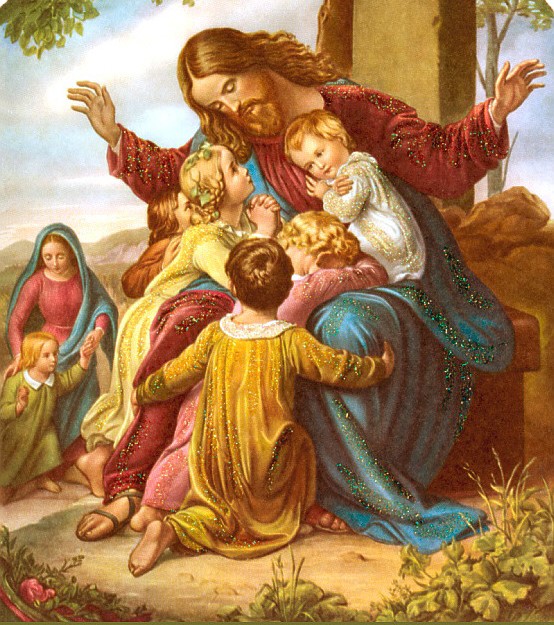
The Works of Spiritual Mercy – Patiently Enduring Harassing People
The Works of Mercy recommended by the Church do not have priority over one another, but all are of equal importance

The Works of Mercy are actions recommended by the Church for the good of the doer and the recipient. All are placed at the same level, like the horizon line toward which we must move.
It is said that patience is the virtue of the strong and that harassing people are everywhere. The difficulty one encounters is given by the word that unites patience with harassing people: endure! The Old Testament and the New Testament are rich in teachings on this subject as well, and it is not easy to choose one and discard the other, for they all give us appropriate directions to pass the test of repulsion.

Among the greats of biblical history, Moses is among those who not only endured the constant second thoughts and heavy complaints of his people, but with God’s help, responded by providing them with more than they had asked for. During the wilderness journey, the people lost heart and spoke against God and against Moses, then the Lord sent poisonous snakes among the people which bit the people, and a large number of Israelites died. God, however, being bent by the repentance of the people and the prayer of Moses, ordered a bronze serpent to be made and placed on a high pole; it thus happened that when someone was bitten, looking at the bronze serpent he remained alive. In the Sistine Chapel, Michelangelo’s great masterpiece, perhaps few have noticed, in one of the pendentives of the vault, the scene relating to this episode.
Moses places a bronze snake precisely to save the Jews, despite that continuous and overt anger toward him and Aaron, and reciprocates the harassment with the great act of mercy. Michelangelo wanted to enhance the drama and spasms of the snake-bitten Jews, in the contortion of the bodies trying to free themselves from the beasts, through light and bright colors, with delicate color combinations, while in the center in a blur of light the long rod with the copper serpent that will bring salvation imposes itself.

The Gospel, in addition to Jesus’ blessing embrace of the rowdy children, the parable of the pushy widow with the unforgiving Judge, tells us the episode involving Jesus and a Canaanite woman.
It is Drouais, born in Paris in 1763 to a family of painters, who in 1784 with “Christ and the Canaanite Woman,” later exhibited in the Louvre, won the Prix de Rome prize because he was able to effectively interpret this piece. The scene looks like a play, so contrasting are the light effects that affect the characters. From the darkness of the background emerges the figure of Christ who, responding to the apostles, expresses his displeasure at the Canaanite woman’s demands. The strong gesture of Jesus about to push away the woman, who on her knees reaches out her hands and begs for mercy, at first might appear to be a rude rejection to a request for help, but instead will prove to be an invitation to persist in prayer. As the others distance themselves, creating a vacuum between the protagonists, only the elderly man intercedes to convince Christ.

Out of love for her daughter, this mother does not become discouraged, does not go away resentful or murmuring against the Master, but continues to pray and obtains not only the requested grace but also the praise of Jesus for her faith. Thus, the large opening above becomes very significant, showing us a landscape in which a temple looms large and almost disappears in the morning light.
So even these small references, which come to life from characters in the Old and New Testaments, should encourage us to do this work of mercy that we are called to exercise daily and to change that difficult and troublesome relationship with others into benign charity. Of course, surpassing all examples is Jesus’ tender embrace of those rowdy children who had annoyed the apostles and the crowd, an embrace that would perhaps solve any daily annoyance that may come from many troublesome people.
